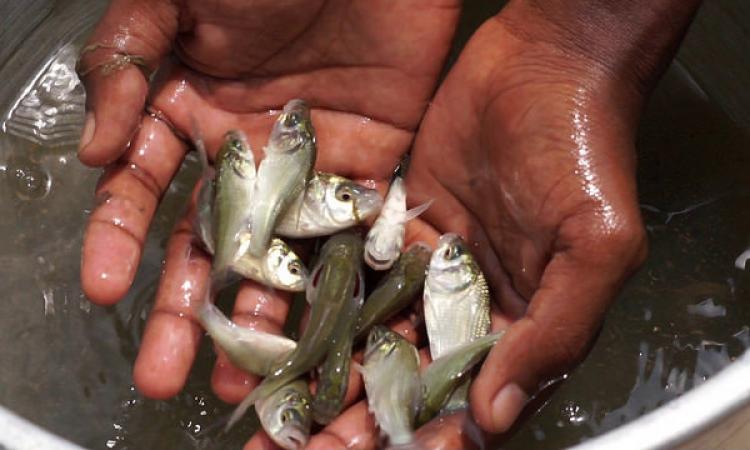
"The world has enough for everyone's needs, but not enough for everyone's greed”--Mahatma Gandhi
India has a vast coastline, and hence, it supports a thriving fisheries sector. Although available in abundance, this renewable source of food can collapse rapidly due to unchecked, mechanised fishing that can catch a large number of fishes--even the young ones. What would happen if a resource, however abundant, is continually consumed? Wouldn’t it cease to exist at some stage?
In recent years, large-scale commercial fishing involving trawlers and indiscriminate fishing practices have led to the depletion of juvenile fishes as well as other marine species. These juvenile fishes that yield low revenue get caught unintentionally during commercial fishing. Since fishes aren’t given a chance to renew their numbers, there has been a severe decline in the fish population. This collapse could not only mean a drop in the economy for the fishing sector, but it also threatens to strike at the tightly knit marine ecosystem in the affected region. To remedy this problem, India has been implementing the seasonal fishing ban since the late 1980s.
The fishing ban spans for about 45-60 days, i.e. between June 15 and July 31 in the west coast of India and from April 15 until about May 31 in the eastern coast of the country. The annual ban is not applicable to traditional fishermen who go on a voyage in the territorial waters in their catamarans and non-motorised vessels causing minimal damage. Instead, the ban is intended to curb large-scale fishing that affects the replenishing of the fish population around their breeding season.
In 2014, researchers studied the impact of such bans in five coastal states with astounding findings. The bans have resulted in the growth of the fish mass. The estimated economic value (based on landing price) of the incremental growth of fish from the fishing ban of 45-60 days was over a billion rupees in the five states. Although one can argue that there is a cost attached to implementing and enforcing this ban that is to be considered in order to evaluate the profits, in this case, it is easy to review the economic and environmental benefits to realise how the ban emerges a winner in this bargain.
Millions of fishers along India’s vast coastline eke out a living from fishing. They also contribute to national development by learning to work with conservation in mind. It's not just the experts, but also the fishermen who have come to see the importance of sustainable fishing and, hence, work towards implementing the seasonal ban in order to reap better (and longer) profit.
The fishing ban not only helps revive the fisheries, it also restricts fishermen from venturing too far into the sea during monsoons when the sea is rough. This ban, combined with other management measures--such as an ecosystem-based approach, marine protected areas, no-take zones, certification, mesh-size regulation and minimum legal size at capture--can help in reviving the declining resources. The seasonal fishing holiday provides the fish stock enough time to revive itself and bounce back effectively.
‘Lets Invest in Nature’ (#LetsInvestInNature) is a special series of video stories designed by the Indo-German Biodiversity Programme. It is dedicated to estimating and mainstreaming the true economic value of biodiversity in business-related decisions and policy making. Watch this short video for more information.